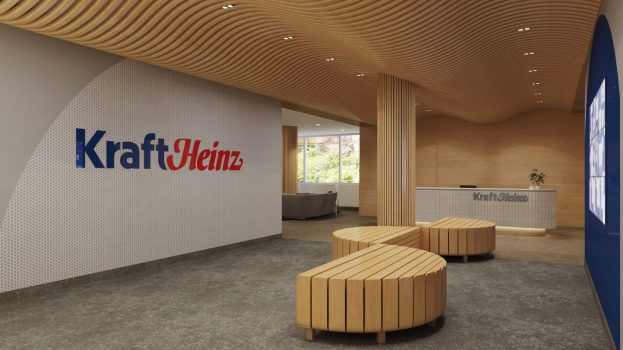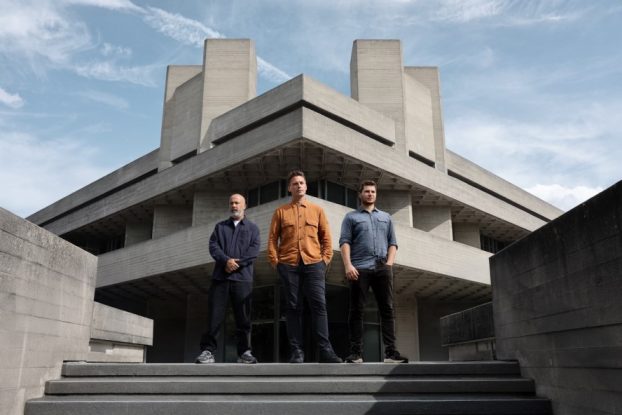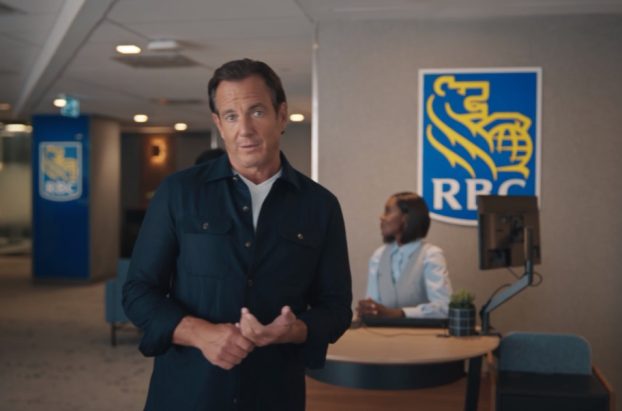If a brand is the sum of all conversations about it, then traditional push advertising is akin to standing in Starbucks with a megaphone. Some of today’s hottest brands are instead choosing personal interactions with their consumers – witness fashion retailer Aritzia’s handwritten notes from sales staff to their high-value customers, or bicycle manufacturer Cervélo’s cycling tours with pro athletes and preference for documentaries over product-centred ads. It’s a surefire way to turn consumers into fans – and it’s getting the Canadian brands seen on the international stage.
The hottest new teen fashion retail brand in the U.S. right now is…Canadian
Sally Parrott has no room in her marketing budget for advertising. The senior marketing director for Vancouver-based women’s fashion retailer Aritzia prefers to put her money where her customers are: in her stores.
‘What we do is bring the aspiration of a boutique to an accessible place for a young woman,’ says Parrott. ‘We create the most compelling and engaging environment possible and then we let people come to us.’
Those people are 15- to 35-year-old females, and they are coming in droves. They don’t watch TV like they used to, and even de rigeur fashion mag advertising doesn’t pack the punch it once did.
So Parrott pulls the girls – she calls the 95% female-staffed company a ‘chick fest’ – into the 42 North American locations using avant-garde window displays, hot new music, designer furniture and finishings and oh yeah, clothes: about 80% of store stock is made up of ‘brands exclusive to Aritzia’ like the younger-skewing lifestyle brand TNA and the older-skewing fashion brand Wilfred, sustainable label Community and Park Life, a VANOC-licensed product line for the 2010 Olympic Games. (When Bachelorette star Gillian wore a Park Life hoodie on the show, Aritzia sold 600 on special order in 10 days.) The other 20% is made up of $200 jeans and of-the-moment brands like Charlotte Ronson, Cheap Monday and Obey.
Aritzia sales staff – for whom personal style is part of a professional skill set – are trained to develop long-term, one-on-one relationships with VIP customers, sending handwritten thank you notes or hefty gift cards to recognize frequent or big purchases.
‘We develop those relations, and then we enable them to have the word of mouth and the loyalty without pushing it on anyone, so it happens more organically,’ says Parrott. ‘We don’t invest any dollars in trying to bring people in the door who aren’t already shopping with us; we don’t invest huge amounts of money in people who one-off-shop with us. We look at people who have been loyal to us and we’re loyal to them.’
Whether they know it or not, loyal customers also influence the merchandising mix; a store on Bloor Street in Toronto will have a different offering than one on Queen Street, with 30 to 40% variation. ‘We are very sales responsive, so we’ll put product in store and then if something’s selling we’ll continue to reinforce it; if it’s not selling we move it out fairly quickly. So those influencers, by virtue of that, do have impact.’
Topping the hot new store list for teens in the U.S. this year in a qualitative study by Chicago teen research firm TRU, Aritzia has enjoyed double-digit same-store sales increases year over year for most of its 25-year history. Despite flattened sales since the spring thanks to the recession, it has maintained its strategy south of the border, with a ‘slow and steady’ expansion from two stores in 2007 to seven today.
While the retail market there is far more fragmented, Parrott says the same top five products sell in the United States as in Canada. Thanks to the internet, style is now global, reflected in the homogenous offering in malls around North America.
Speaking of the net, that’s the other place Aritzia’s clientele hang out, and Parrott applies the same strategy to Aritzia.com, TNA.com and Wilfred.com as she does to her stores: build it and they will come. Except on the web, consumers are encouraged to shoplift: ‘We used to be really protective, but now [we’re] making it so people can access content and share it and put it wherever they need to put it, that’s part of creating a viral campaign. I think the name of the game is really content these days.’
Parrott is now working on using social media to further the clienteling model. ‘It’s an interesting opportunity to take that idea of interpersonal interaction and loyalty development and apply the tools that we have now with social media to that on a more personal basis, rather than having it be us as a corporation speaking out there to a base of customers.’
She’s also looking forward to more one-on-one interactions during the Olympics, this time with reporters: ‘Our marketing efforts around the Olympics are not necessarily even focused on our VANOC product, [but] more that we are going to have all the international media in our backyard over that two-week timeframe, which from a brand development standpoint creates a huge opportunity.’
Engineered marketing: show, don’t tell
When Spanish star Carlos Sastre won the Tour de France last year on a Cervélo bike, the Toronto-based racing bicycle manufacturer was thrust into the global spotlight. After the previous sponsor of Sastre and Norwegian Thor Hushovd withdrew, founders Gerard Vroomen and Phil White decided to start their own team.
The company, which was founded in 1995 and has a European base in Switzerland, also offers fanatics a taste of the pro lifestyle with TestTeamTravel, a hybrid cycling-sightseeing trip that includes a meeting with the pros, use of a Cervélo bike and a chance to ride stages of tours like the Giro d’Italia. Athletes are available to sign autographs before and after Tour stages – a rarity in the industry.
Vroomen and White are engineers by trade, and Vroomen handled marketing up to this July, when they hired global director of marketing Clemens Zimmerman from BMW in Munich. From the outset the approach was different, says PR director Peter Donato. Aside from the PR coups of race performance and the valuable access to product feedback from pro riders, the idea for the team from the beginning was a down-to-earth focus on ‘fan access.’
The trials and tribulations of the Cervélo Test Team are documented for fans – more accurately, the sport has fanatics – online at Cervelo.com, where five-to 11-minute videos give a behind the scenes look at the pro racing world. The docs are cut into 30-second TV spots on OLN in Canada and Versus in the U.S. for the duration of the tour. ‘Cycling is growing in popularity and we wanted to give people a better view of what goes on in the world of pro cycling,’ says Donato.
Best of all, if you like the bike Hushovd rode in on, you can get the very same model at a Cervélo dealer tomorrow, because custom bikes for athletes don’t jive with Cervélo’s R&D product philosophy. ‘What we do to improve the cyclist’s bike is passed along so the consumer gets the same benefits, and people appreciate that.’
The marketing component that runs through all of this seems ‘a bit more genuine,’ says Donato. ‘Engineers really look at things differently than the typical marketing department, and that has proven to be a real secret weapon for us.’
Jump to:






















